8 underrated shade plants – overlooked beauties that will thrive in shady spaces
We asked horti experts to suggest their favorite under-the-radar plants for shady places. These are the varieties they think should be celebrated more than they are

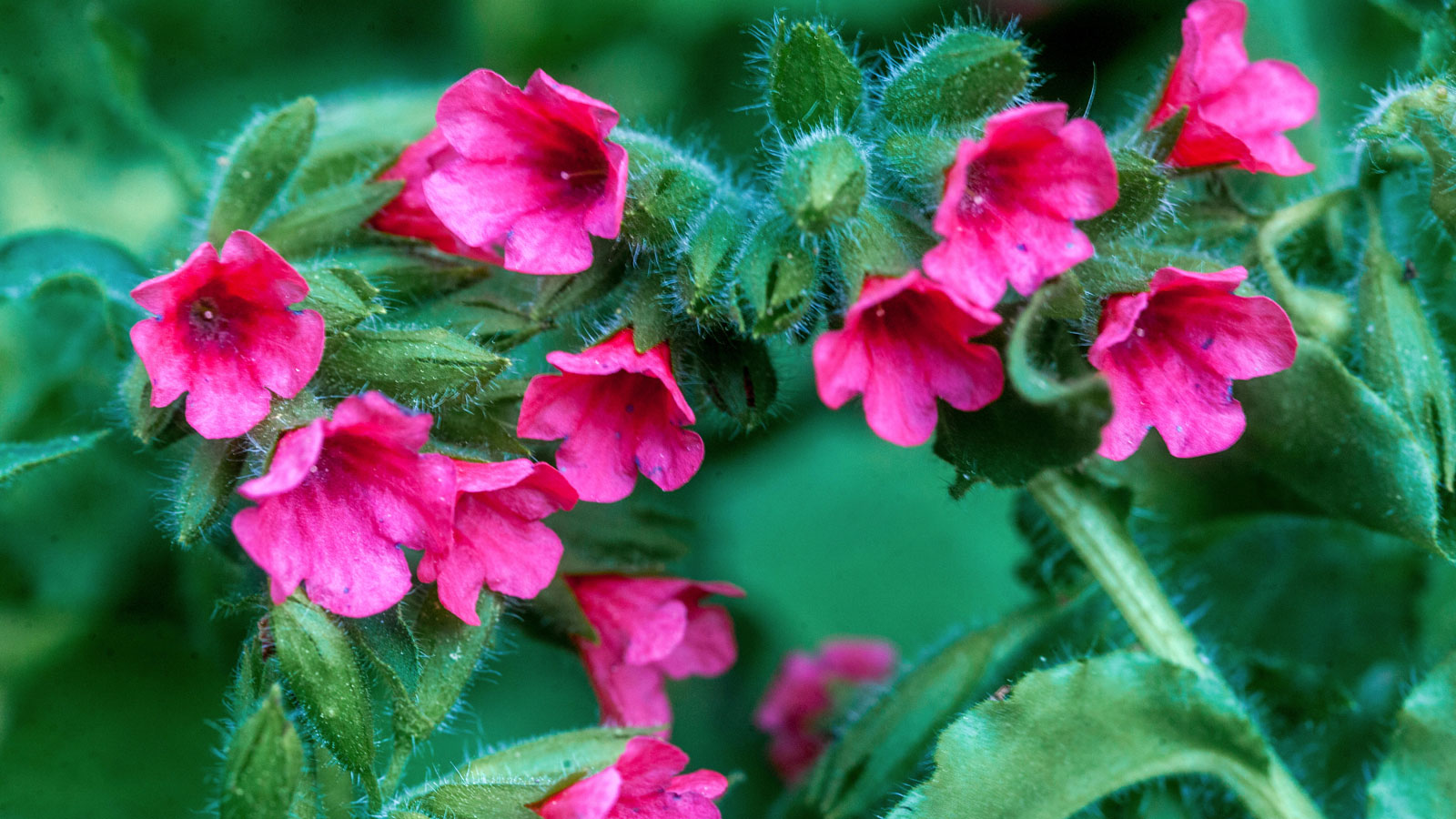
Underrated shade plants can be a real bonus when your options are limited due to a lack of sun in your garden. Especially if they add interest by offering a more unusual look as these plants are not so easy to come by at the local garden center. Choosing plants that are seldom seen will add a little more intrigue to your planting design too.
These underrated shade plants deserve more recognition for a variety of reasons, including flowering much longer and more prolifically, attracting pollinators when not much else is around, or adding architectural value in forgotten spaces in the garden. For these reasons underrated plants should be celebrated for the important role they play and given the space they deserve.
If you find shady spots one of the most difficult areas in the garden to succeed with you're not alone. Try introducing something a little different from the usual attention grabbers to add that special touch. Here is our expert selection of 8 lesser-known shade plants to find varieties that work for you and truly deserve a place in your garden.
1. Black cohosh
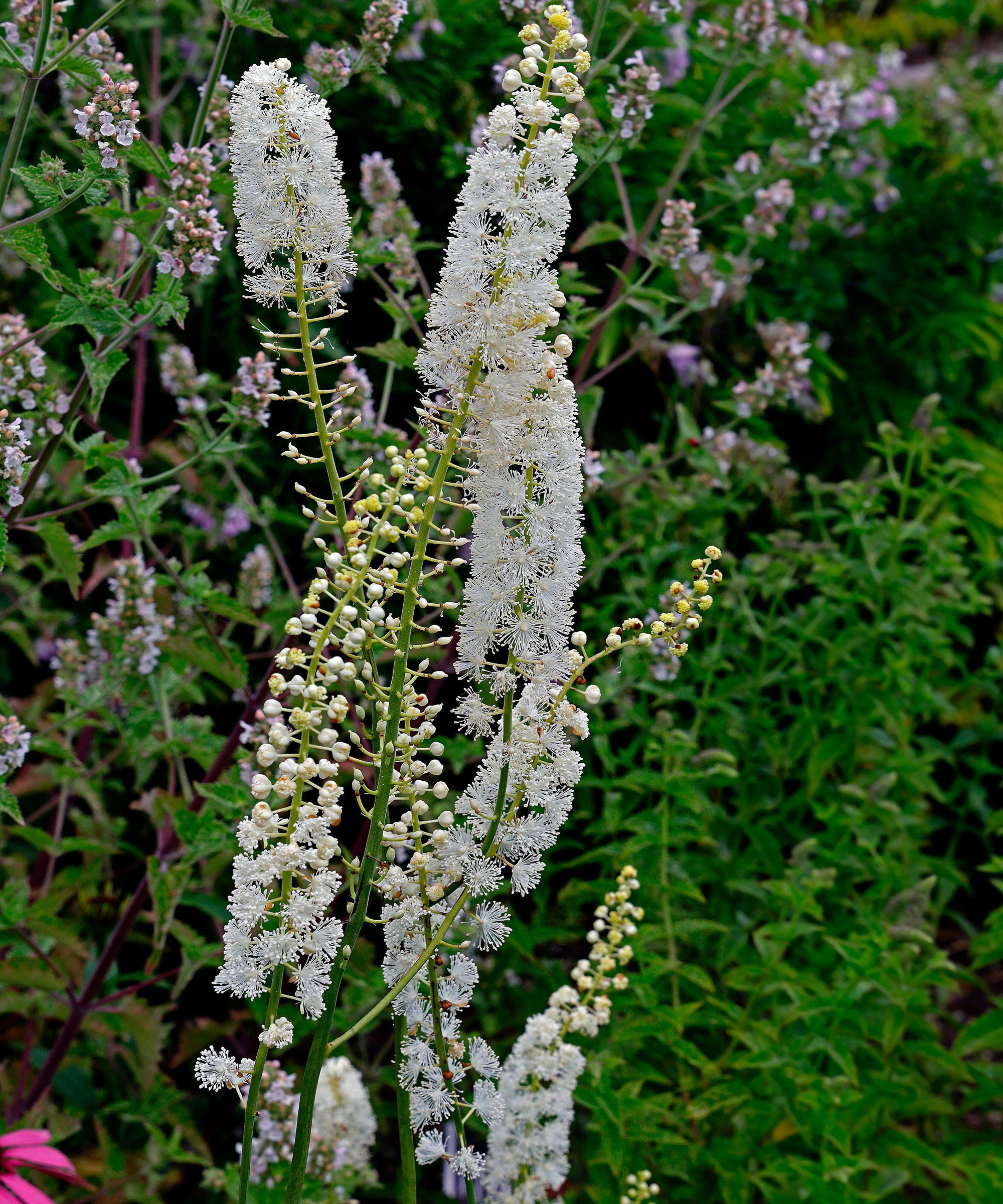
Native to the woodlands of the northeastern US, black cohosh (Cimicifuga racemosa) is a striking and under-appreciated shade perennial that deserves a second look.
'This elegant plant produces dramatic wands of creamy white flowers in late summer and early fall, rising up to 5 feet tall. It's an exceptional way to add vertical interest to shady borders,' says Daria Szalinska, landscape designer and founder of Landelier Landscape Atelier. 'Despite its height, it remains graceful, with finely cut foliage that resembles ferns.'
Often overlooked in favor of more common shade plants like hosta and astilbe, black cohosh thrives in part to full shade, and is impressively deer-resistant, making it ideal for woodland gardens, naturalistic planting design, and cottage garden-style borders.
As a native species, it also serves as a host plant for several Azure butterflies, says Daria, enhancing its ecological value. Hardy in zones 3–8, it performs best in moist, rich soils, and is one of the best underrated shade plants to pair with ferns, hydrangeas, and sedges.
Design expertise in your inbox – from inspiring decorating ideas and beautiful celebrity homes to practical gardening advice and shopping round-ups.

Daria Szalińska is a landscape designer and founder of Landelier Landscape Atelier, a boutique studio based in the Hamptons, New York. With a background in landscape architecture, Daria specializes in naturalistic, ecologically rooted gardens that celebrate native plants and seasonal beauty. Her work has been recognized with the Bunny Mellon Garden Design Prize from the Institute of Classical Architecture & Art.
2. Virginia bluebells
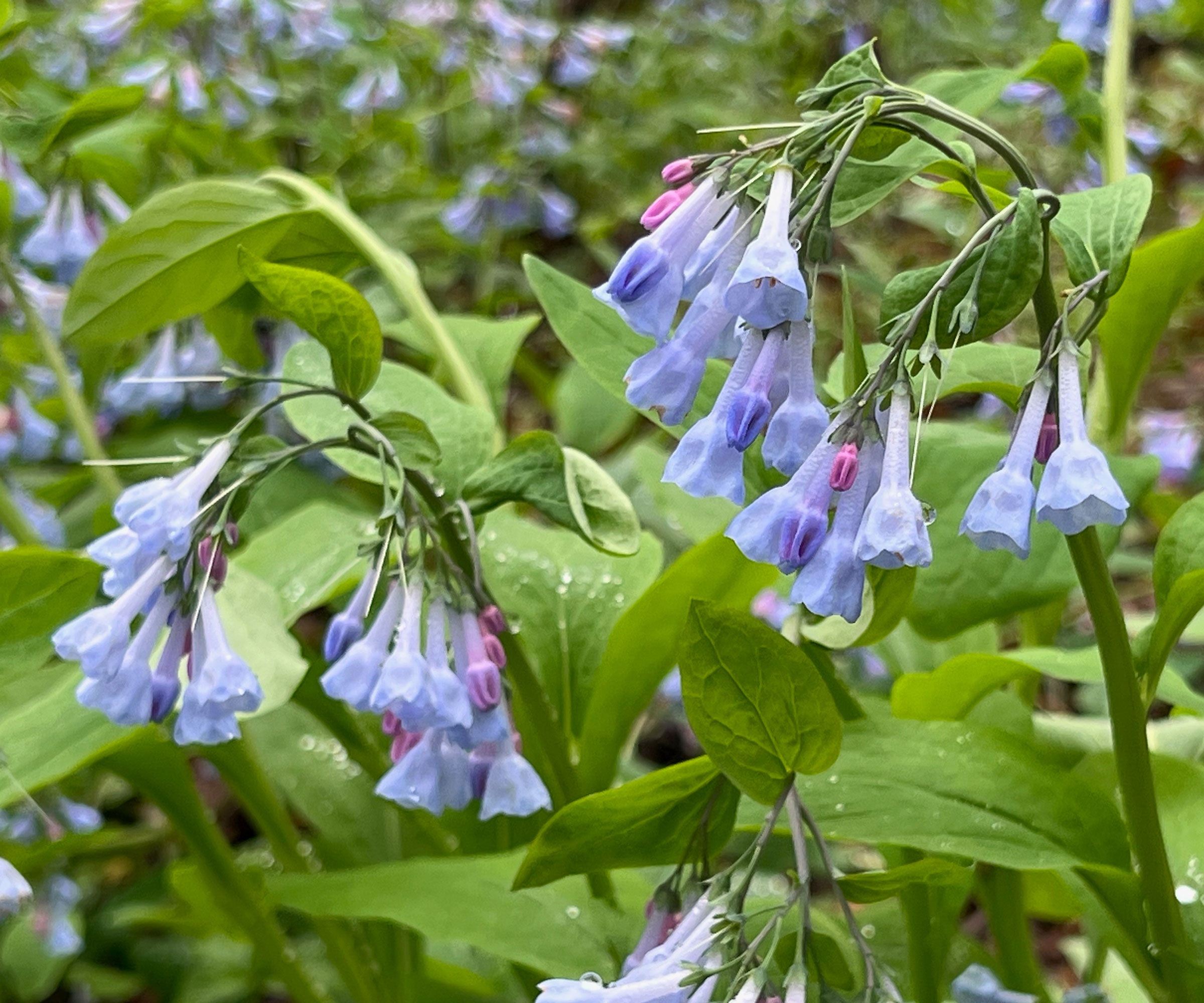
'Another standout for me are Virginia bluebells (Mertensia virginica), a native spring ephemeral that forms lush colonies under deciduous trees,' says Daria.
'The nodding, bell-shaped flowers open in early spring in exquisite shades of periwinkle blue and pink, offering critical early-season nectar for bees and butterflies, making them one of the best plants for pollinators. They also attract hummingbirds. Virginia bluebells are a true delight in the spring woodland garden.'
Virginia bluebells are incredibly hardy (zones 3–8) and easy to grow from bare roots, says Daria. Once established, they return reliably each year and naturalize beautifully under the drip line of trees, an excellent alternative to mulch for softening shady spaces.
They're an ideal companion to ferns, trilliums, and other native woodland plants too. You can find easy to grow Virginia bluebell seeds at Amazon.
3. Dryopteris ‘Brilliance’ (Autumn Fern)
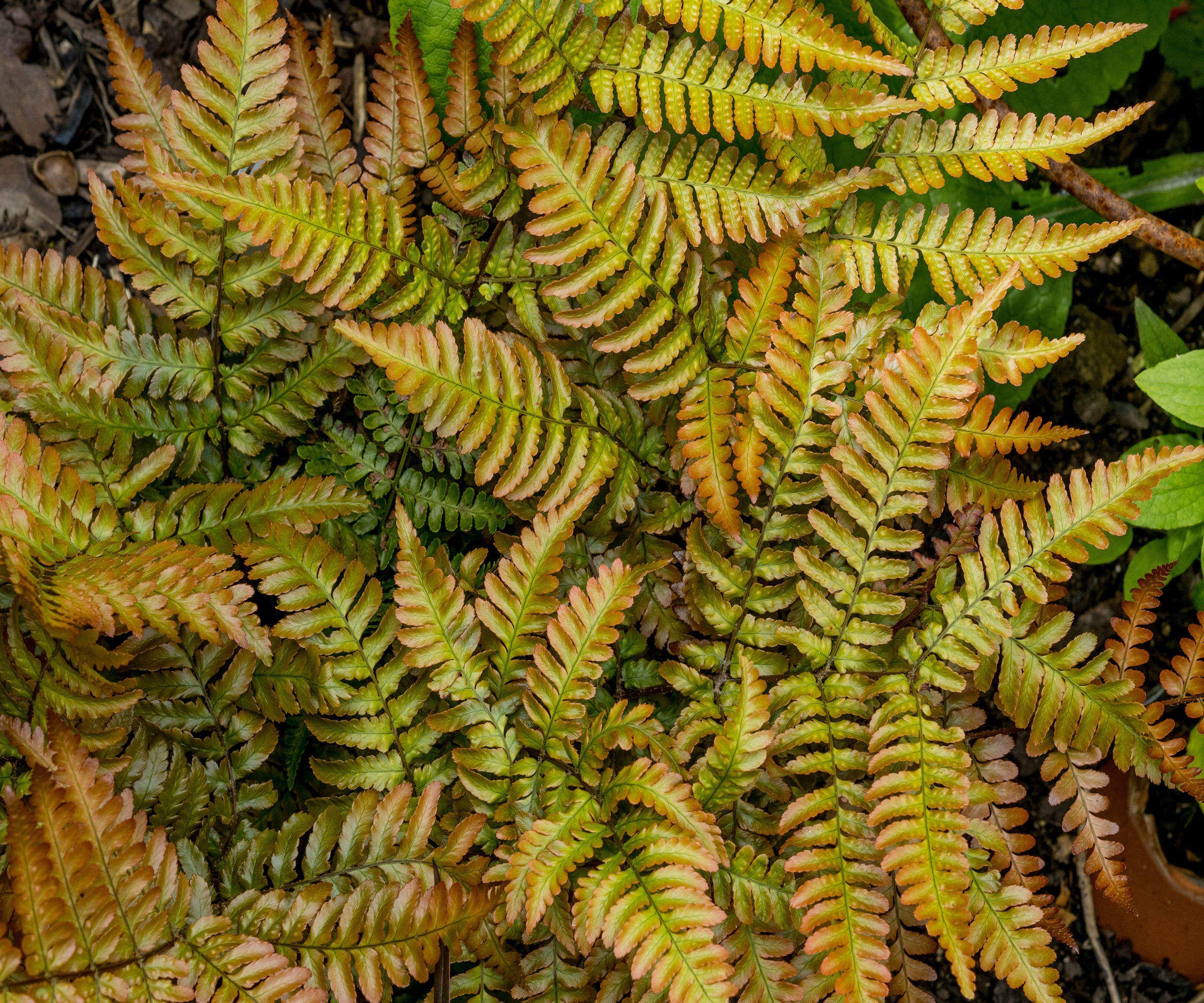
'A shade-tolerant fern with fiery copper-red new fronds that mature to deep green, this variety of fern adds striking contrast and texture to shady beds,' says horticultural expert Laura Root. 'In addition, ‘Brilliance’ brings seasonal color to a plant category known predominantly for being green.
This variety of fern is low-maintenance, deer-resistant, and thrives in moist, well-drained soil. 'It's excellent for naturalistic plantings, woodland borders, or as a bold companion to hosta and heuchera,' says Laura.
Growing in Zones 5-8, 'Brilliance' Autumn Fern, available from Nature Hills, is a popular ground cover choice that offers a lively splash of color and is easy to care for. It's also one of the best underrated shade plants to use where fussier plants fail to thrive.

Laura Root is senior product manager for Wayside Gardens, Jackson & Perkins, and Park Seed. She holds a degree in environmental horticulture from Virginia Tech. She blends her knowledge of plant science and sustainable gardening with professional expertise to lead the selection and development of high-quality plants and garden accessories. Laura also provides reliable, scientifically informed advice for gardeners.
4. Mangave

Dry shade that is hot in summer and cold in winter presents a design challenge for those looking for desert landscaping ideas, as well as hot areas experiencing prolonged drought.
'Among the lower water use plants I like to design with mangave, a hybrid between manfreda and agave, seems to do well in both kinds of shade,' says plant expert Michele Chambliss, author of Designing with the Desert: A Thoughtful Approach to Desert Garden Design.
'Mangave has a wonderful sculptural quality. It can be tucked into smaller spaces or massed in larger ones, and comes in an almost endless variety of intriguing foliage colors including variegated forms, often with complementary or contrasting splotches and spots of color.' This makes it one of the best underrated shade plants to look out for.
'The range of purples, blues, and variegated forms of mangave are very welcome in tough, dry places to plant,' says Michele. 'However, the soil must be well-draining. 'Purple People Eater' is one of my favorites, brightening up outdoor spaces where direct sun proves elusive.'
Mangave is frost tender, and thrives in zones 9-11, although some varieties are more cold hardy, and not readily available everywhere, which may explain why it is so underused. 'Unusual, special plants give our gardens a touch of the unique,' adds Michele. 'This makes locating mangave through plant sales or the internet totally worthwhile.'
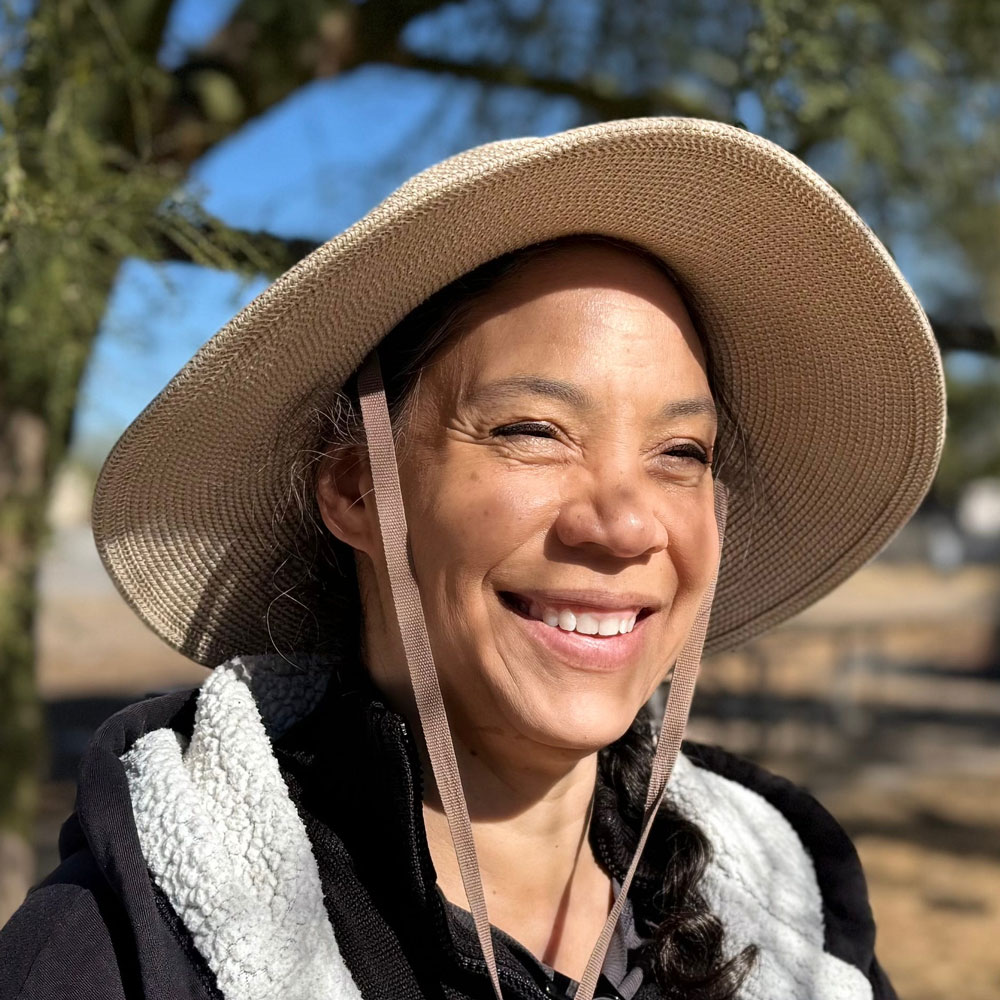
Michele Chambliss specializes in designing with native plants, desert cottage garden style, container design, and edibles. A "plant driven" garden designer based in Las Vegas, NV, Michelle is an American Society for Horticultural Science (ASHS) certified horticulturalist who has been awarded Best of Houzz for the past eight years. She has worked in many facets of horticulture for 25 years, from maintenance to design.
5. Ligularia
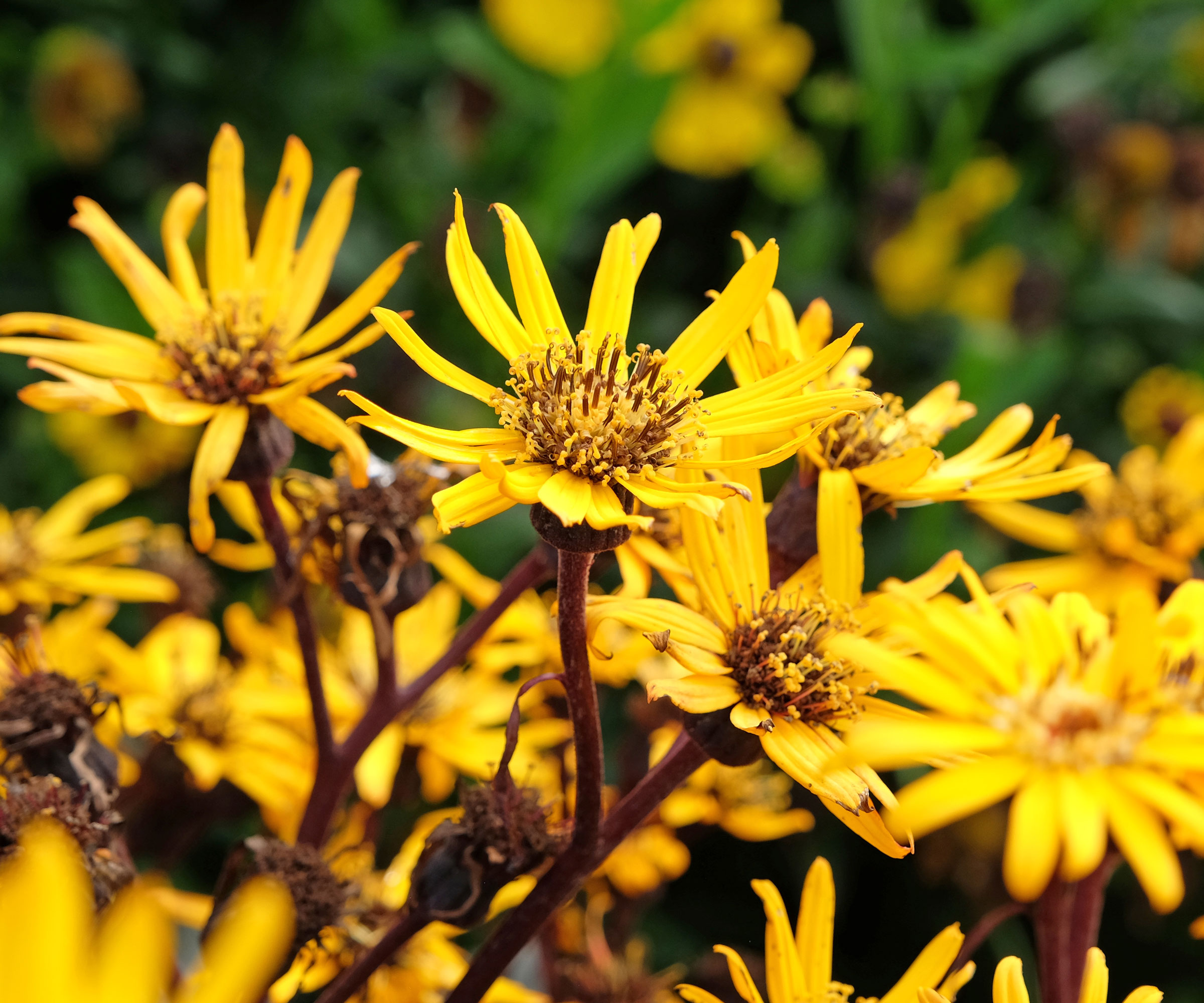
'One reason Ligularia is overlooked is that it needs consistent moisture in well-drained soil, which can be difficult, especially in warmer southern climates,' says plant expert Edwin Dysinger, founder of the Seedtime app. 'Another reason might be that the bold foliage and flowers put off some people.'
Ligularia needs a place with full to partial shade, although it will bloom better if it has a little sun, advises Edwin. 'It is always better if the sun it does get is the cooler morning sun rather than afternoon. It will bloom better if it has some partial direct sun or dappled light, rather than continuous full shade.'
Potted Ligularia plants are best planted out in spring or fall. Find potted Ligularia plants at Nature Hills – they are also known as leopard plants. A spring planting allows the plant to become well established before winter sets in. If planted in the fall, the plant will focus on getting its roots established, so that it will take off in spring.
'If you're in a warm, dry environment, putting a mulch on the surface of the soil under Ligularia will help to retain moisture,' says Edwin. 'It will probably do best if it's watered at least once a week.'
Ligularia can be grown in zones 3-9. It will lose its leaves in temperatures less than 30°F, but in warmer regions, it will stay green throughout winter. It grows best when highs are 60-75°F. When highs are over 75°F make sure it has plenty of water.

Edwin Dysinger has an Associates Degree in Agriculture and had a small organic, family farm for many years that grew up to 70 different varieties of vegetables, herbs, and berries sold directly to consumers via subscription boxes, as well as at farmers markets. Then, together with his son, he launched Seedtime, an app that shows you the fastest way to plan your garden. Seedtime has grown to over 400,000+ users in 30+ countries.
6. Pulmonaria ‘Raspberry Splash’

'This compact perennial features large green leaves splashed with silvery-white spots and raspberry-pink flowers in late spring to early summer. It delivers multi-season interest, showy blooms, bold foliage, and strong disease resistance,' says Laura Root.
Thriving in moist, well-drained shade in zones 3-9, pulmonaria (also known as lungwort) is slug- and mildew-resistant, and adds artistic flair to the garden without demanding care. 'It's a colorful, low-growing companion to ferns and hostas,' adds Laura.
One of the first perennials to bloom in spring, pulmonaria adds pops of pretty color to wake up the garden. Once the flowers fade, the velvet-soft marbled or speckled foliage steps into the limelight, growing fuller and increasingly attractive as summer progresses, and earning this easy plant a starring role in any shade garden.
7. Lamium ‘Orchid Frost Gold’
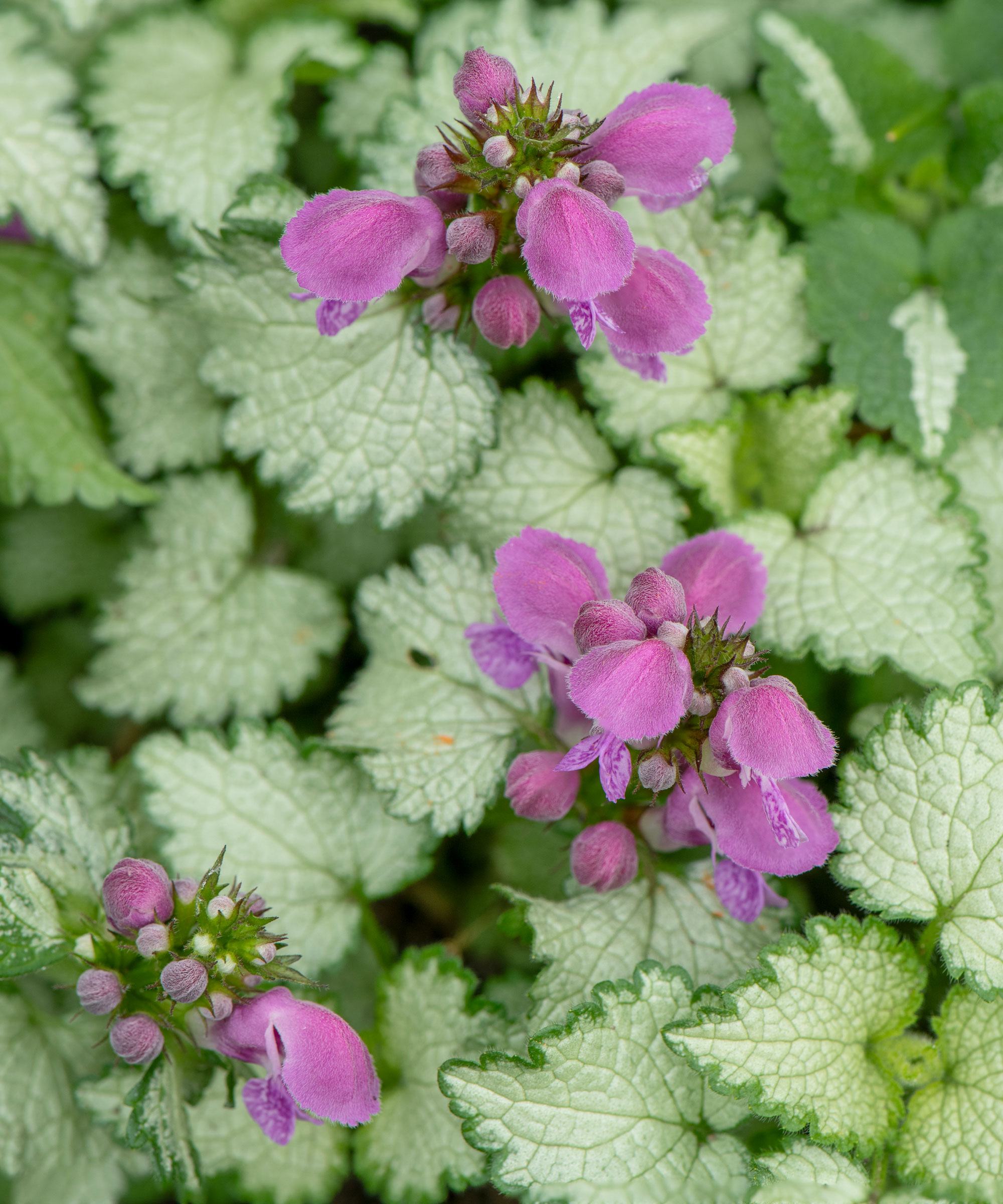
'A spreading groundcover that thrives in shade where grass struggles, the silver and golden-green foliage creates a glowing carpet, with orchid-pink flowers in spring and occasional summer reblooms,' says Laura Root.
‘The 'Orchid Frost Gold’ variety is vigorous, low-maintenance, and weed-suppressing, ideal for filling bare, shady spots. Prune after flowering to encourage fresh growth. It's great in both beds and containers.'
Thriving in zones 4-9, lamium (also known as spotted nettle) is an easy-to-grow perennial that tolerates dry shade better than most plants once it gets established. Look out for the 'White Nancy' variety too, which will add luminous flowers to dark corners of the garden.
8. Tiarella 'Spring Symphony'
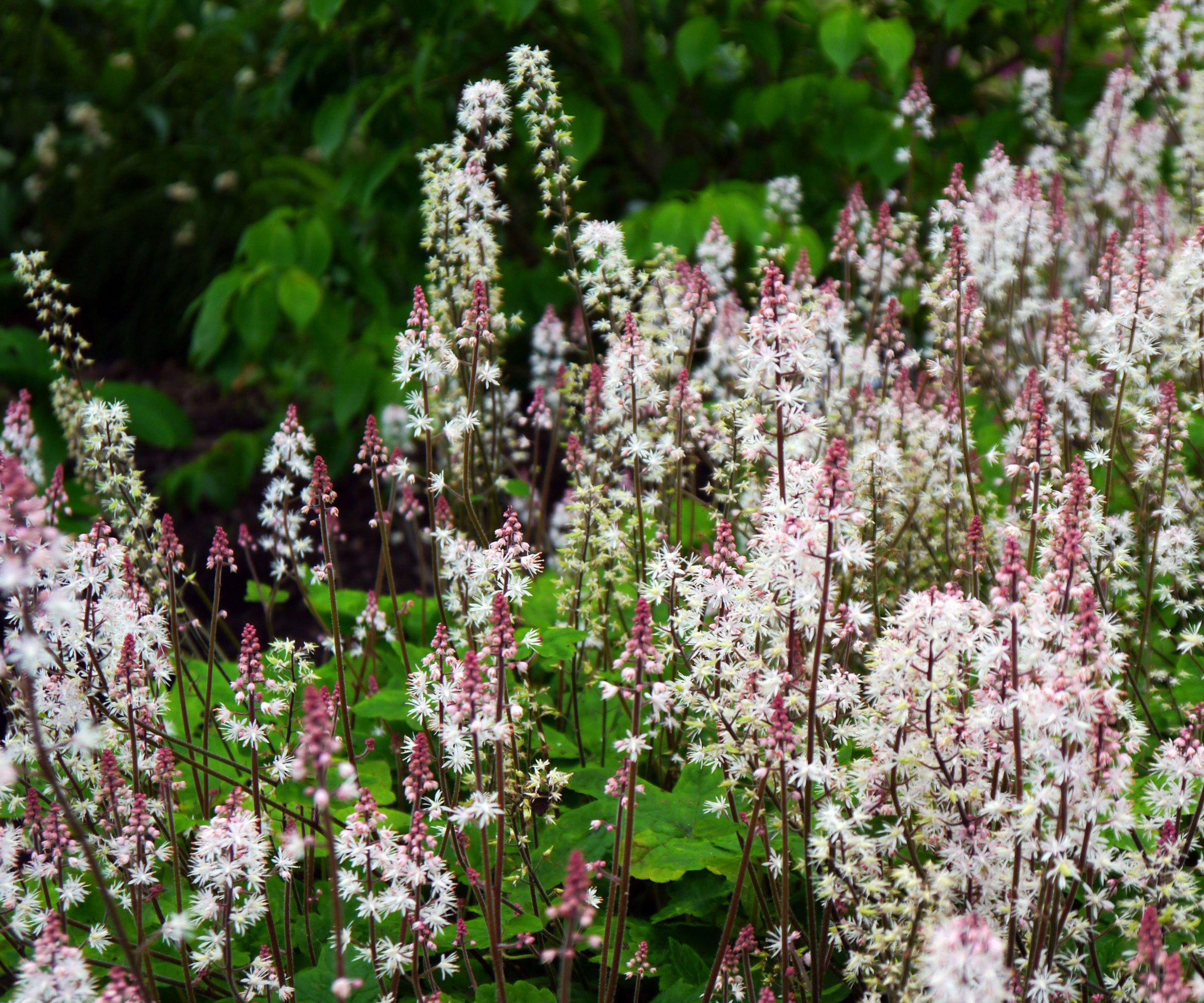
This really is one of the prettiest flowers and one of my own favorite underrated shade plants. I have it planted in a shady spot in my garden along with pulmonaria and ferns, as these make an harmonious combination.
Tiarella are charming North American woodland plants that thrive in rich soil. They are also known as foam flower. I like the 'Spring Symphony' variety as it has a tidy clump forming habit that doesn't take over the space. If you're looking for ground cover plants there are running types of Tiarella to choose from too.
This herbaceous perennial has deeply-lobed, green leaves marked with dark purple along the midribs. In late spring, the upright stems carry spires of small, starry, creamy-white flowers, opening from pale pink buds. You can't beat Tiarella if you want an easy plant that offers a combination of pretty flowers and interesting foliage in shade gardens.
Find a selection of foam flowers to choose from at Nature Hills.
That's our expert selection of underrated shade plants. One final tip: if you're looking for a fall-blooming shade perennial, Laura Root suggests the underrated toad lily variety ‘Sinonome’.
'This shade perennial brings exotic flair just as other plants fade. It features orchid-like white flowers speckled with purple, blooming profusely in late summer to fall. It adds color, texture, and surprise to the late-season garden. Despite its delicate look, it’s tough, deer-resistant, and thrives in moist, well-drained soil.'

Lifestyle journalist Sarah Wilson writes about garden design and landscaping trends for Homes & Gardens. She has studied introductory garden and landscape design, and also has an RHS Level 2 qualification in the Principles of Plant Growth and Development. She is a regular contributor to Homes & Gardens and Livingetc. She has also written for Country Living, Country Homes & Interiors, and Modern Gardens magazines